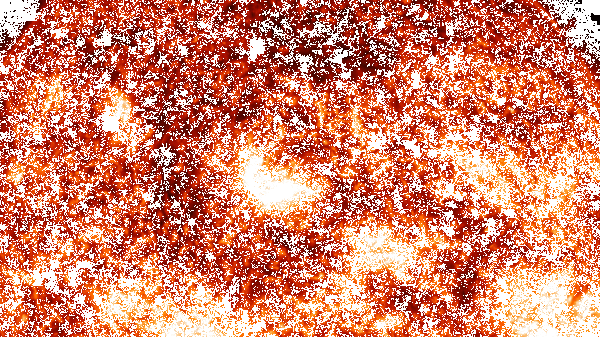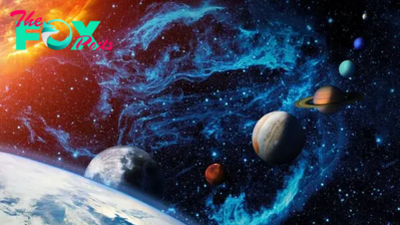Science
'Golden spike' showing the moment Earth turned into a giant snowball discovered in ancient Scottish rocks
Hundreds of millions of years ago, Earth plunged into a deep-freeze that turned the planet into a giant ball of ice. Now, scientists have discovered rocks marking this moment on a remote archipelago in the Inner Hebrides of Scotland.
The rocks, dating to between 720 million and 662 million years ago, provide a rare complete record of the transition between a warm tropical environment and a "snowball Earth," where glaciers encased the globe.
If confirmed, the Garvellachs rocks could be declared a "golden spike" — a marker showing a transition to a new geological age. Specifically, these rocks would show the point when Earth moved from the Tonian period (1 billion to 720 million years ago) to the Cryogenian period (720 million to 635 million years ago).
"Most areas of the world are missing this remarkable transition because the ancient glaciers scraped and eroded away the rocks underneath, but in Scotland by some miracle the transition can be seen," study first author Elias Rugen, a researcher at University College London's Earth Sciences department, said in a statement.
Scientists believe there were two snowball Earth events during the Cryogenian — the Sturtian glaciation and the Marinoan glaciation. The former event was earlier and more severe, lasting for around 57 million years, while the latter, more poorly constrained event, lasted between 15 and 20 million years.
In a new study, published Thursday (Aug. 15) in the Journal of the Geological Society of London, researchers analyzed layers of rock 0.7 miles (1.1 kilometers) thick, along with another 230-foot-thick (70 meters) layer sitting beneath.

The researchers collected rock samples from two formations on the Garvellachs and analyzed tiny crystals called zircons. Zircons contain uranium, a radioactive element that slowly and steadily decays into lead, so the team was able to determine exactly when the rocks were formed. The researchers found that the lower section of rock formed in tropical waters, when Earth was much warmer.
-

 Science1d ago
Science1d agoMars May Have Far More Water Than We Thought
-

 Science1d ago
Science1d agoSpace photo of the week: James Webb telescope catches baby stars roaring to life
-

 Science2d ago
Science2d agoDo opposites really attract in relationships?
-

 Science2d ago
Science2d agoNew ISS images showcase auroras, moon and space station in glorious photos
-

 Science2d ago
Science2d agoAuroras headed to the US again in aftermath of gargantuan 'X-class' solar flare
-

 Science2d ago
Science2d agoColossal X-class solar flare erupts from 'rule-breaking' sunspot — and Earth is in the firing line
-

 Science3d ago
Science3d agoWhat is the coldest place in the solar system?
-

 Science3d ago
Science3d agoHow Two Stranded Astronauts Are Camping Out in Space

















